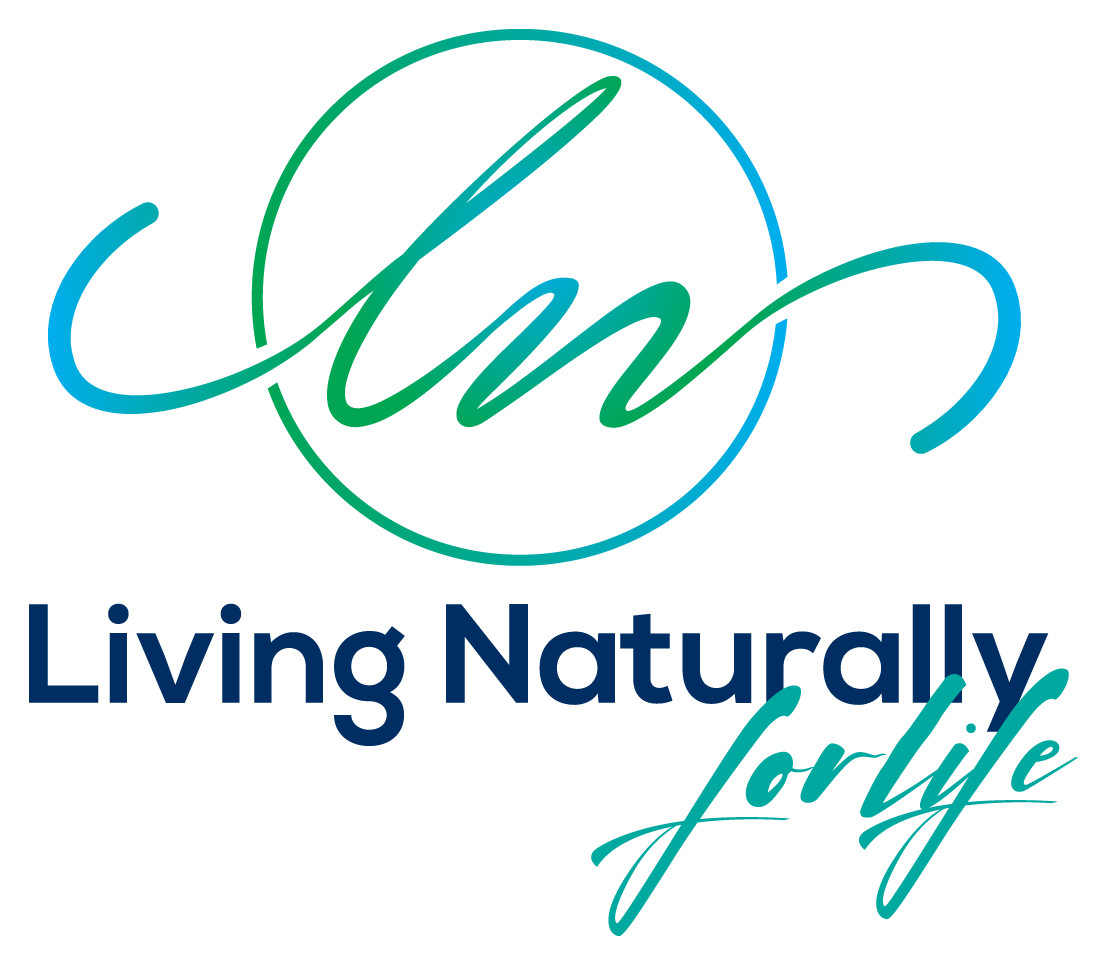Week 1&2: A healthy body begins with living right, eating good foods and eliminating toxins from our body. Our vegetarian detoxification template is loaded with green vegetables, nuts, fruits, lentils and gluten free carbohydrates to help the body eliminate built up toxins in the liver. The liver is the main organ focused in our detoxification process. If the liver is not functioning properly, all of the other organs such as the colon, kidneys, heart, brain, lungs, skin and hormonal systems will be less adequate. This can breakdown the body making it susceptible to many life threatening diseases. Our well designed detoxification program should provide the liver the ability to rid itself of incoming toxins and flush away the stored up fat soluble toxins, leaving you feeling more focused and clearing away the “mental fog” we find we live with on a daily basis. Week 3: The Stroke Templates follow the ideas of the “DASH Diet” (Dietary Approaches to Stop Hypertension), a set of dietary guidelines designed for those with high blood pressure but also a heart-healthy eating plan. Recent research found that the DASH Diet, which may help lower blood pressure, might also reduce levels of homocysteine, a possible risk factor for heart disease and stroke. The Dash Diet is rich in low-fat dairy foods, fruits, and vegetables as well as low in saturated fat and total fat. This eating plan is rich in minerals that may help to lower blood pressure, especially calcium, potassium and magnesium. These templates are also jam packed with vitamin C. A growing body of evidence suggests that people who eat plenty of fruits and vegetables daily to meet their vitamin C requirements have healthier blood pressure levels than those who don’t. These Templates contain loads of fruits and vegetables, which allows for a moderate intake of sodium since these foods are so much lower in sodium than many other foods. Week 4: These menus follow the guidelines set by the American Heart Association to help reduce your risk of heart disease. They are jam-packed with fruits, vegetables, a variety of whole-grain products, and “good” fats. The menus are rich in foods that contain soluble fibers as well as omega-3 fatty acids such as fatty fish, nuts and flaxseed, which all help to lower cholesterol and protect our heart health. This heart healthy diet is high in B vitamins including B6 and folate, which may help to lower levels of a substance called homocysteine in the blood. High levels of homocysteine are a clear risk factor for heart disease. Other heart healthy substances included in these menus are phytochemicals such as isoflavones found in legumes such as soybeans; lycopene found in produce such as tomatoes; indoles found in cruciferous vegetables such as broccoli, polyphenols present in green or black tea; and beta-carotene found in orange and yellow produce. The foods contained in these menus increase your intake of not only phytochemicals but also antioxidants, which also can help to protect you from certain health problems such as heart disease.

